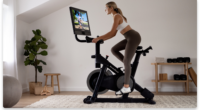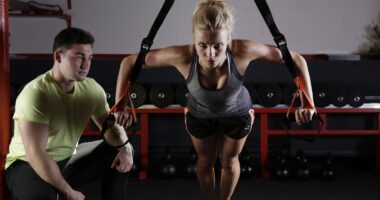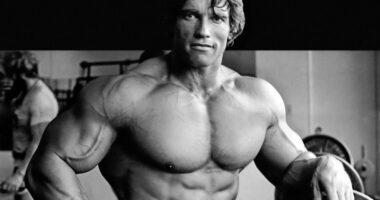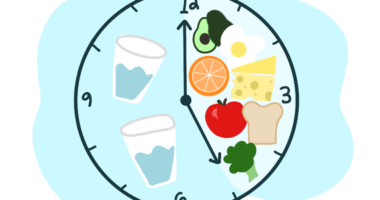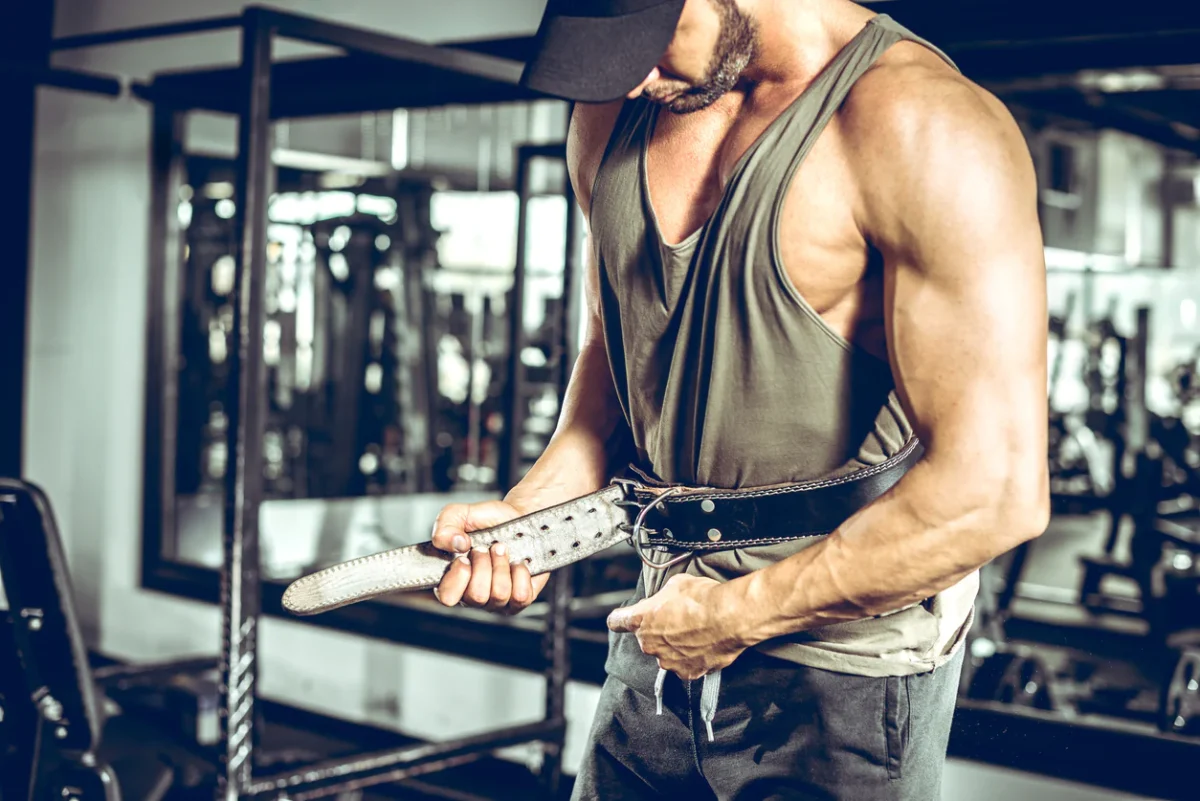
When it comes to the strength training arena, a weightlifting belt isn’t just an accessory—it’s a crucial ally. Designed to augment performance and avert injuries during heavy lifts, selecting the right belt is paramount for any serious weightlifter.
This guide aims to steer you through the myriad options, ensuring you find a belt that’s not just a fit for your waist but for your lifting lifestyle too.
What are Weightlifting Belts?
At its core, a weightlifting belt supports your lower back and abdominals during heavy lifting, providing a wall for your abs to push against, increasing intra-abdominal pressure and, in turn, stabilizing your spine.
But not all belts are created equal. From sturdy leather concoctions designed for powerlifters to flexible fabric for those focused on general fitness, the variety is vast. Knowing the difference and where your needs lie is the first step in making the right choice.
Assess Your Needs First
Before diving into features and fittings, reflect on your lifting routine. Are you hoisting heavy in pursuit of powerlifting glory, or are you more about the all-around fitness grind?
The intensity and style of your lifting regime will influence your perfect belt match. For heavy deadlifts and squats, a robust, wide leather belt might be your best bet. If your workouts are more varied, a lighter, more flexible belt could serve you better.
Key Features to Look For

1. Width and Thickness
The width of a weightlifting belt is crucial because it determines the area of support provided to your back. Most belts vary in width from about 4 inches to 6 inches. A wider belt offers greater support, which is particularly beneficial for exercises that place significant stress on the lower back, such as squats and deadlifts.
However, the wider the belt, the less mobility you might have, so it’s about finding the right balance that suits your training needs.
Thickness adds to the belt’s ability to provide support and maintain its shape under heavy loads. Thickness typically ranges from 10mm to 13mm. Thicker belts offer more support and are favored by powerlifters and those lifting very heavy weights.
However, they can be less comfortable and require a break-in period. A 10mm belt provides a good balance of support and flexibility for general training purposes.
2. The Material
Leather
Leather belts are renowned for their durability and support. They’re stiff and robust, ideal for heavy lifting. Full-grain leather is the highest quality, offering the best support and longevity. However, leather belts can be more expensive and require a break-in period to reach optimal comfort.
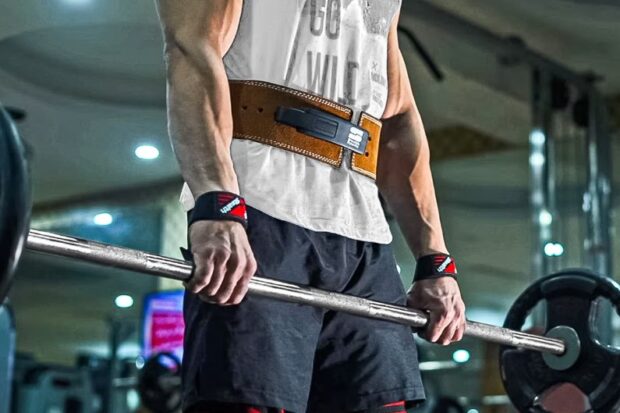
Synthetic (Nylon/Fabric)
Synthetic belts, often made from nylon or other fabric, are more flexible and lighter than leather. They’re easier to move in, making them a good choice for athletes who engage in a variety of exercises or need more torso mobility.
While they may not offer the same level of support as leather, they’re generally more comfortable and better suited for general fitness enthusiasts.
3. Buckle Type
- Single-prong ─ Single-prong buckles are easy to use, offering a secure fit. They’re similar to a regular belt buckle and allow for easy adjustments.
- Double-prong ─ Double-prong buckles offer additional security but can be more challenging to fasten and unfasten. They’re less common due to the convenience factor but still preferred by some for the perceived extra security.
- Lever ─ Lever buckles provide a quick and easy way to tighten and release the belt with a simple flip of the lever. They offer a consistent fit every time, which is excellent for lifters who prefer to adjust their belt sparingly. However, they can be more expensive and might require a screwdriver to adjust the size initially.
4. Size and Fit
Ensuring your belt fits correctly is essential for it to perform its function. It should be tight enough to provide ample support without being so tight that it’s uncomfortable or restricts breathing and movement.
Measuring for Size
To find your size, measure around your waist where the belt will sit, typically around the navel. Each manufacturer may have its sizing chart, so it’s important to check before you buy.
Adjustability
Consider how adjustable the belt is. While leather belts with prong buckles offer holes for adjustments, the spacing between holes can affect how well you can fine-tune the fit. Lever belts allow for a set-it-and-forget-it approach but adjusting them for size changes requires a bit more effort.
Conclusion
Choosing the right weightlifting belt is a journey in itself—one that can significantly impact your training outcomes. By considering your lifting style, understanding key features, and ensuring a proper fit, you’re not just buying a piece of equipment; you’re investing in your lifting future. Take your time, do your research, and find a belt that supports your goals, ensuring every lift is as safe and effective as possible.
